Teach Kids to Deal with Hard Emotions with The Moodsters
As parents, it would be nice if we could protect our kids from all of the hard things in life.
Unfortunately, we know that life is filled with hard things and being able to have the emotional strength to deal with challenges as they come is one of the most important things we can teach our children.
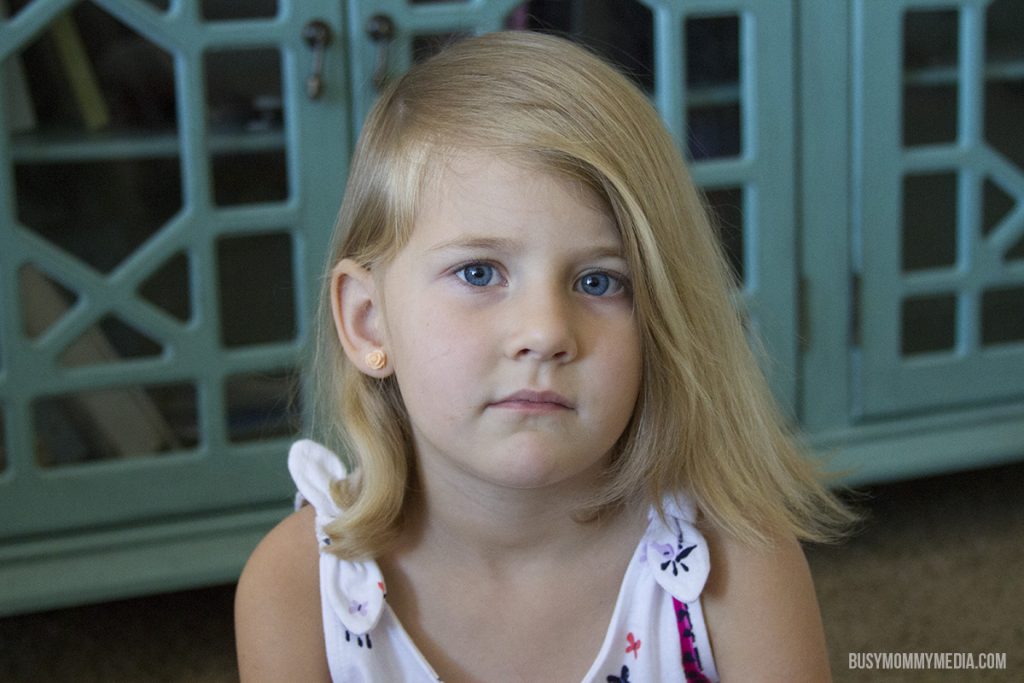
Of course, teaching kids to deal with hard emotions is not as easy as teaching them to sing their ABC’s. Fortunately, we have some great tools to help you out.
Decades of research has shown that emotional intelligence (a.k.a EQ) can have a lifelong positive effect on children’s behavior, school success, ability to develop empathy, and physical and emotional well-being.
Based on that information, The Moodsters were born.
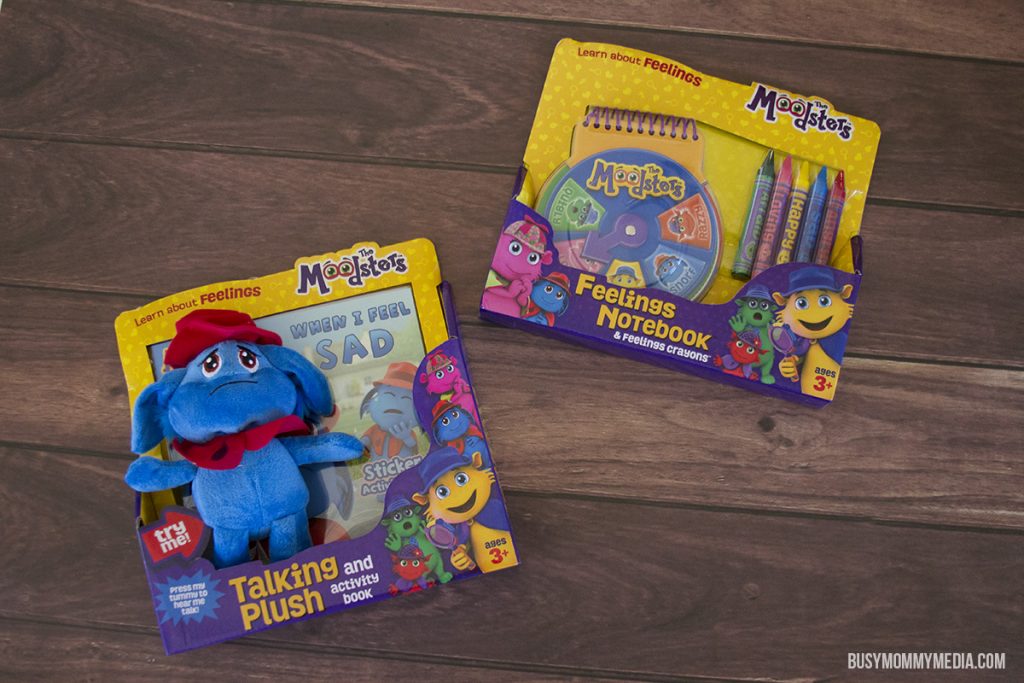
The Moodsters are a team of five loveable little detectives to help kids solve the mysteries of feelings.
We’ve been struggling with this a bit with my little preschooler. She is high spirited so her emotions run strong. When she gets sad, she lashes out.
I get where she’s coming from. I do. Emotions are hard, even for adults to deal with. This little girl has been faced with some pretty tough emotions in her life too so she hasn’t had it easy. She was my rainbow baby so she was born into a grieving family. As a toddler, she nearly drowned and, two years later, we are still dealing with some tough emotions from that.
Those emotions are not easy to understand.
Most of her everyday frustrations seem small to an outside eye, but to her, they are huge. The other day, I knew our day was starting to head in a rough direction. Rather than spend the day trying to use punishments and rewards to get the behavior I wanted to see, my daughter and I sat down to talk about what she was feeling.
We pulled out the Moodsters Snorf talking plush. Because he was such a sad little guy, he was the perfect thing to pull my daughter out of her funk.
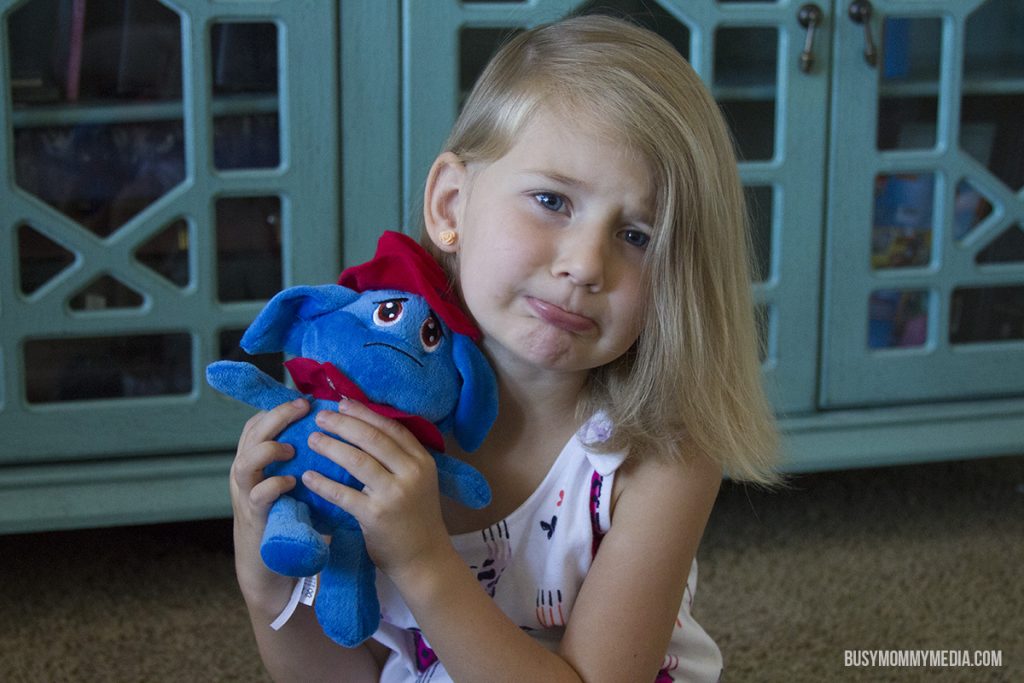
This little plush character talks and he has some fun phrases like “If you are feeling sad, unhappy or blue, talking to a friend is a good thing to do” and “A smile is just a frown turned upside down”.
The Moodsters was developed by Denise Daniels, a parenting and child development expert and an author who specializes in the social and emotional development of children.
They use engaging characters and stories to help children learn how to cope with their emotions, including some pretty tricky ones like sadness and anger.
Tips for Helping Kids Understand Emotions
Give the emotion a name. Sometimes kids just don’t know what they are feeling. Giving that emotion a name helps give kids power over it and makes it easier to deal with.
Talk about emotions. When kids are frustrated/angry/sad usually the last thing they want to do is talk, but it’s a healthy habit to get into. Teaching kids to talk about what they are feeling while they are young can help them become emotionally healthy adults.
Draw about emotions. Talking about emotions may be too hard sometimes. In those cases, or as a way to introduce kids to the idea of talking about their feelings, you can have them draw what they are feeling. This is especially effective for younger kids. To do this, we pulled out The Moodsters Feelings Notebook & Feelings Crayon Set.
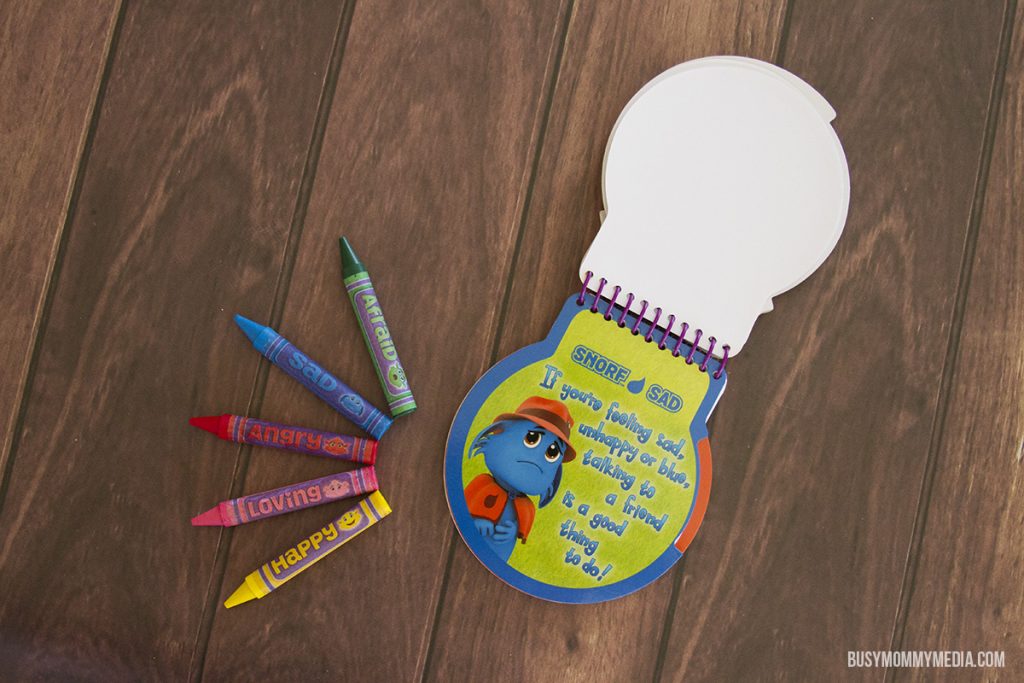
With a section for each of 5 emotions, kids can choose a name for the emotion they are feeling and draw a picture of what it feels like.
I asked my daughter to draw me a picture of what “sad” feels like. She told me that this is a slide at the playground and no one wants to play with her.
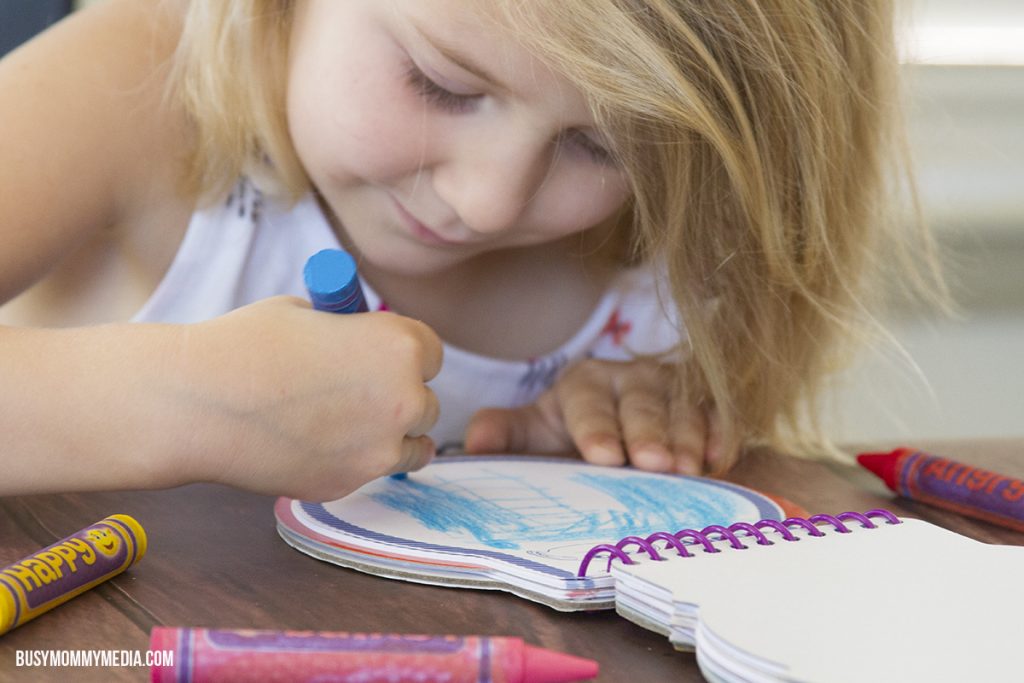
Read about emotions. Kids can learn a lot by reading books that talk about emotions and give examples of other people feeling those emotions. I love books as a tool for teaching empathy and emotional intelligence. Stories can be a powerful tool to teach kids about anything in a low-pressure environment.
Reading also provides a great distraction when some of those emotions get a bit too hard to deal with. My daughter loved the activity book that came with her Snorf talking plush.
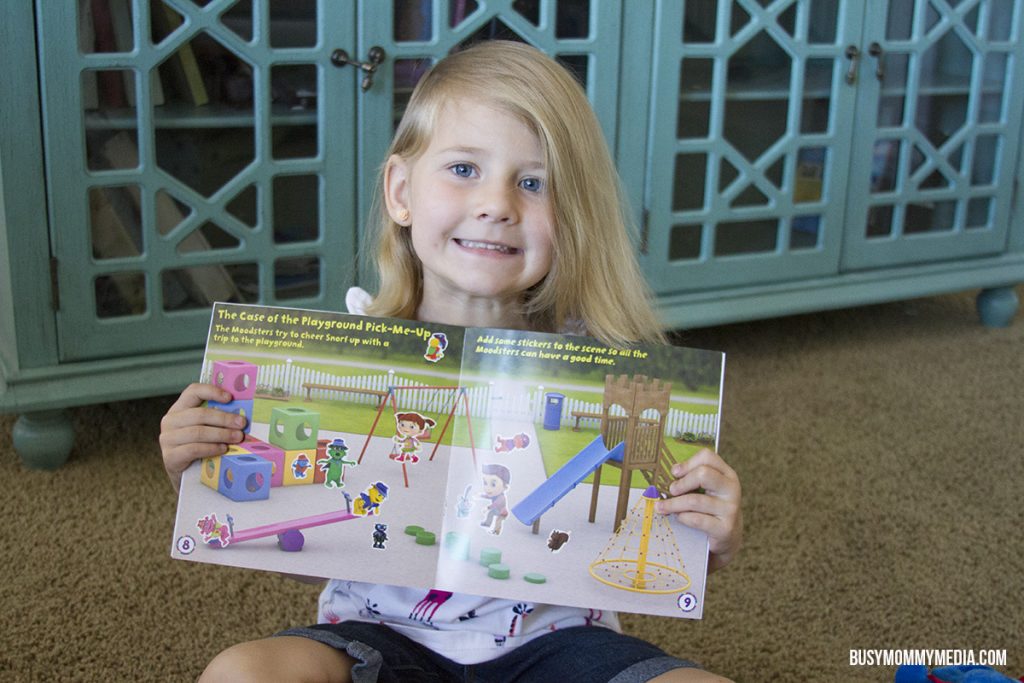
The activity book gave us the chance to follow along with the stories of The Moodster characters in an interactive way that was perfect for helping her forget that she was sad in the first place.
You can find all The Moodsters products at select Toys R Us stores and online at ToysRUs.com. Find more information on The Moodsters Website or The Moodsters Facebook Page.
Enter to Win
The Moodsters award-winning toys are making their debut at Toys R Us this September! They launched with 3 EQ products: The Moodsters Meter, The Moodsters Mirror and The Moodsters Feeling Flashlight. Just released were The Moodsters Feelings Notebook & Feelings Crayon Set and The Moodsters Talking Plush and Activity Book assortment.
Enter to win one of the original 3 Moodsters products (Flashlight, Mirror, Notebook). One product will be send to you at random.
This giveaway is open to the U.S. Winner must be 18+. Please see our site’s Terms and Conditions for a complete list of our contest and giveaway rules.

Want to be notified when we post a new giveaway? Be sure and subscribe so you don’t miss out on anything.

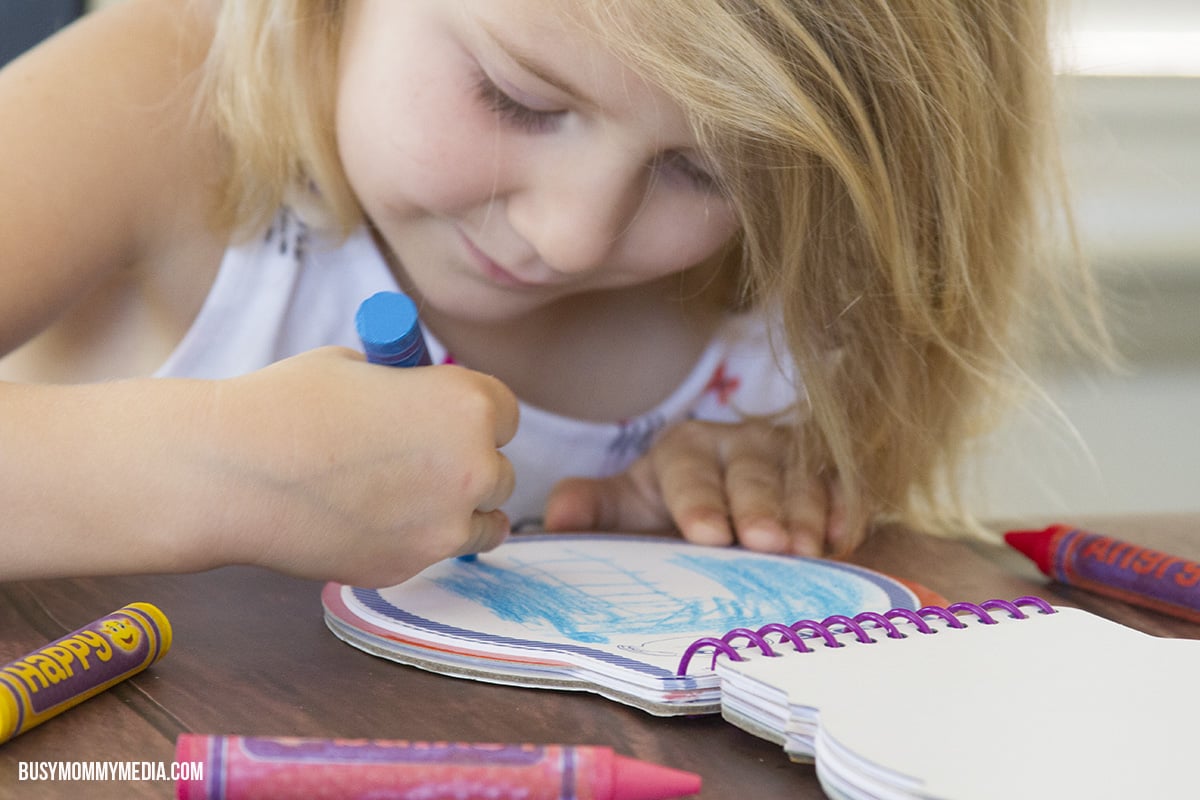
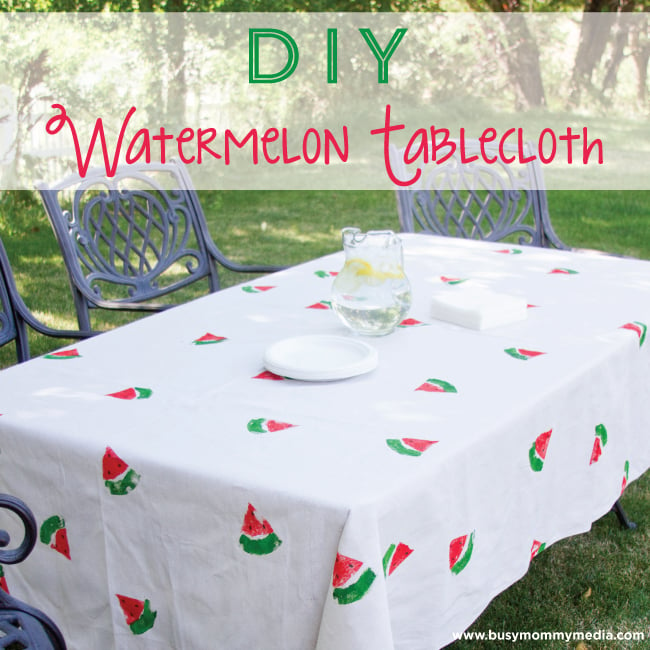


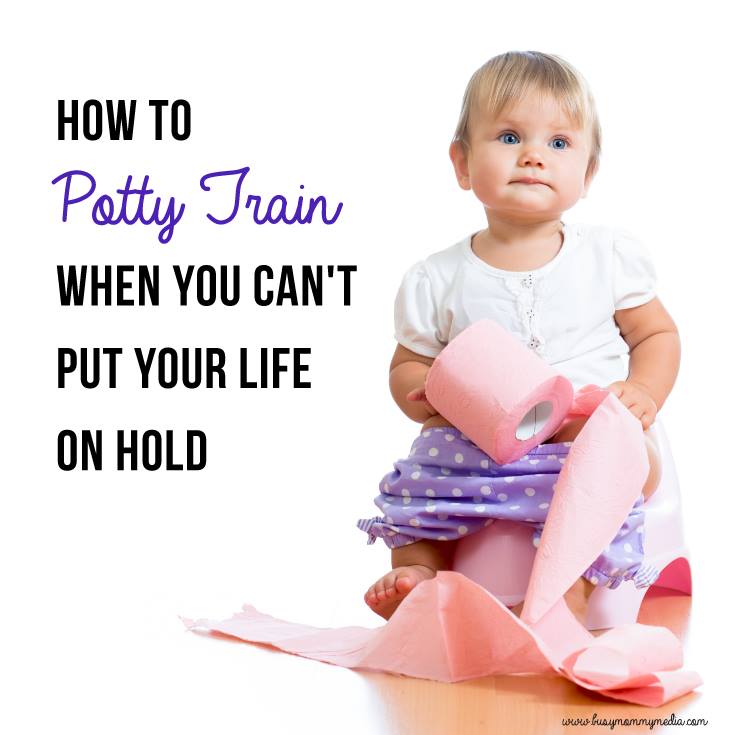
I try to explain my emotions with words and facial expressions to my daughter. “That makes mommy sad” and then frown.
I talk to them about their emotions and help them express them in a healthy way!
I tell them that some emotions should only be expressed under the appropriate circumstances–no laughing in church, ceremonies, etc.
I taught them as the occasion needed me to. Kids are smart and if you just talk to them about it, they will get it quickly!
We talk about feelings. We put names to various emotions.
By listening to them, talking with them and letting them know that it’s ok to express yourself in different ways.
talk with them
When we read books we talk about the emotions each character in the book has.
We share our feelings with each other and I help them understand them.
Show kids how to “make a face” while they try to imagine how someone else feels.
Experiments show that simply “going through the motions” of making a facial expression can make us experience the associated emotion.
By expressing feelings and talking them out.
Right now she is still little so I try to just talk through them with her!
We talk about our feelings and draw them out on paper.
I teach them by listening to them and sharing my own emotions. Thank you
i just take to my kids and tell them that its ok to feel different emotions like being sad or mad etc that we all feel those things sometimes
My son does not yet at 22 months – we have a small little book that has emotions and are trying. He understands happy i think because he smiles when I say it.
I try to help my son understand his emotions by using everyday situations as examples. IE last week he lost his first Football game and he was angry and sad at the same time and we used that as a learning experience on how to deal with those negative emotions.
We always talk about her feelings.
Just talking to them and making sure they understand that its normal
I try my best to strongly convey my emotions to my daughter when she triggers an emotional response. We also discuss her emotions and her behavior in correlation to human emotion. Plus we have a nice feeling book and a “stress free” corner where she can play with various tools to help outlet how she’s feeling at the time.
I help kids with understanding their emotions by having them talk it out and lending a supportive listening ear.
We us emotion pillows. The pillows have faces on them. So for example if they re feeling sad the hold the sad pillow an explain what made them sad, how can we can make it better.
I try to tell them it is okay to feel the way you feel and we all get emotional sometimes.
We name the mood or emotion we are feeling and discuss it.
We talk calmly about moods and how they can affect us and our actions. We also love the Disney movie Inside Out, as a tool to explain on their level.
I try to get them talking and explain why they are feeling that way. I try to offer ways to fix it.
Yes! Just sit and listen to your kids, get to their eye level!
To help kids understand emotions we talk about them. I didn’t learn how to handle my emotions until later on in life so I really try to communicate with the kids and give them tools to deal with their emotions.
She’s one, but we try to address each one of her emotions the correct way so she understands
I actually used cards with different faces so they could see what sad, happy etc. faces looked like.